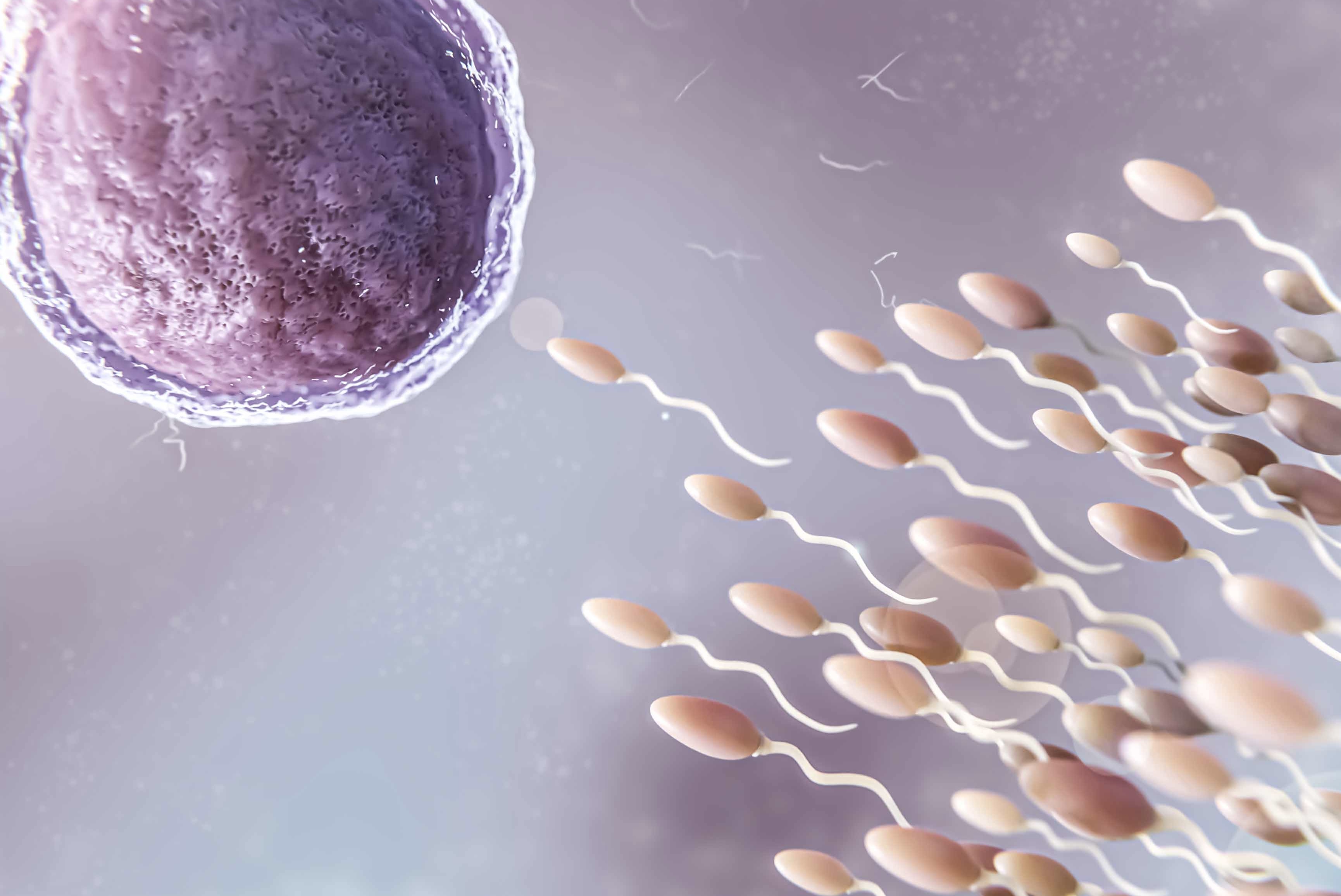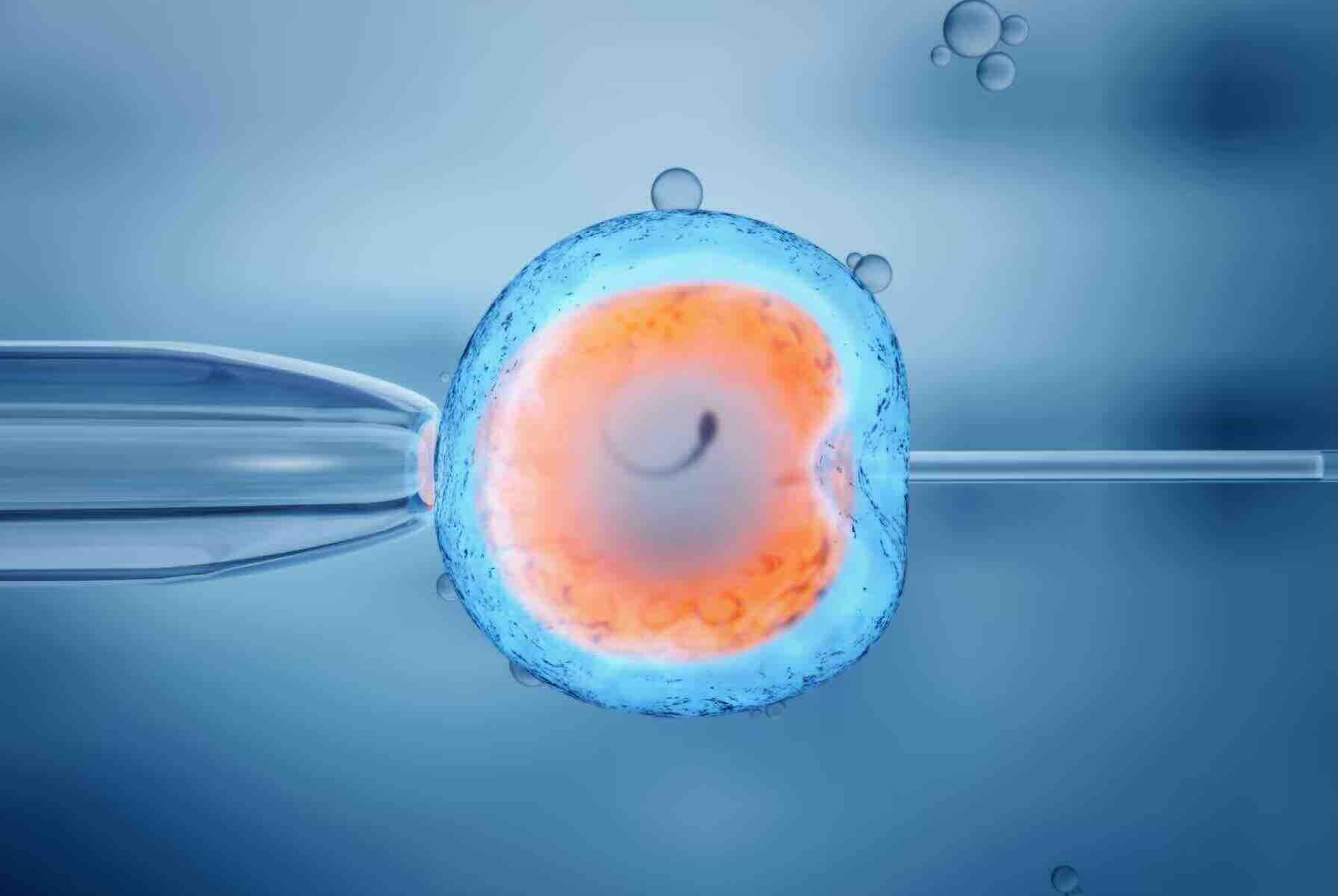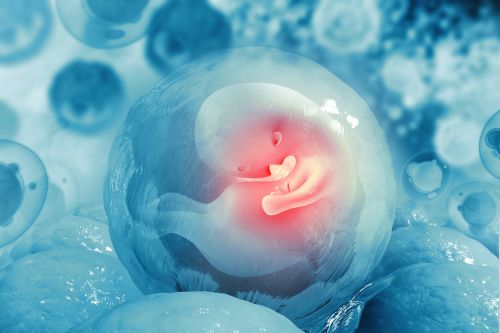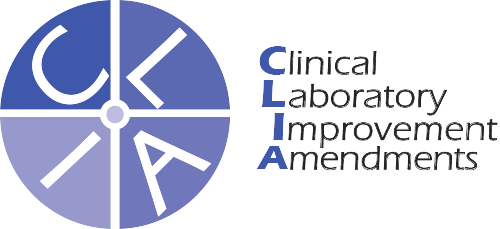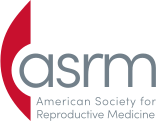Gynecological Surgical Care
While AFMC does not own or run a sperm bank, we can help you navigate the insemination process, including the transfer of sperm vials to our office and the management of your donor insemination treatment cycle.
- Polyps
- Ovarian Cysts
- Endometriosis
- Pelvic Pain
- Fibroids
- Uterine Anomalies
- Abnormal Bleeding
- Uterine Prolapse
- Asherman’s Syndrome

While AFMC does not own or run a sperm bank, we can help you navigate the insemination process, including the transfer of sperm vials to our office and the management of your donor insemination treatment cycle.
At AFMC, our world-class reproductive endocrinologists and surgeons are dedicated to providing compassionate, comprehensive care to our patients. We offer the most advanced, minimally invasive surgical techniques for routine and complex cases. Our physicians are active researchers working to advance the understanding of gynecologic issues that affect our patients to ensure our patients are the first to benefit from the most up–to–date technical advances and treatment options.
Why AFMC: Surgical Care
Doctors run AFMC. Compassionate industry leaders, practicing medical excellence, prioritizing patient-centric, individualized care, and developing techniques that have driven innovation in the field since the early stages of reproductive medicine. Has successfully facilitated the births of healthy babies for patients across the world.
While AFMC does not own or run a sperm bank, we can help you navigate the insemination process, including the transfer of sperm vials to our office and the management of your donor insemination treatment cycle.
Treatment Options:
- Hysteroscopy
- Laparoscopy
- Robotic Surgery
- Hysterectomy
- Oophorectomy
- Salpingectomy
- Myomectomy
- Surgical treatment of uterine fibroids
- Surgical management of endometriosis
- Surgical management of polyps
- Removal of ovarian cysts
- Endometrial ablation

Hysterosalpingogram
If a uterine abnormality is detected during a hysterosalpingogram (HSG is an x-ray exam that is used to observe the fallopian tubes and uterus), a hysteroscopy may be recommended. A hysteroscopy is a procedure performed using a hysteroscope, a thin telescope with a fiber-optic light at its end. The hysteroscope is inserted carefully into the uterus via the patient’s cervix so that your doctor can observe whether there are any uterine abnormalities or growths present. In some cases, photos and videos may be taken during the procedure for future review.
A hysteroscopy is typically performed as an outpatient procedure with moderate sedation. To get as clear of a view as possible, the procedure usually occurs during the beginning half of the patient’s menstrual cycle, when there is minimal endometrial build-up (the lining shed during menstruation). Patients are generally back to regular activity within a day or two.


